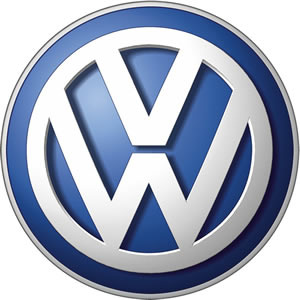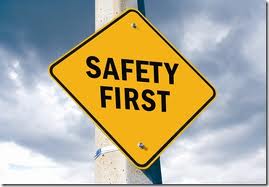We learned in our “Operation Management” class that designing operations processes aims to reduce cost; reduce complexity; additional standardization of components; improvement of functional aspects of the product; and improved maintainability of the product. Furthermore, manufacturing and value engineering procedures are concerned with improvement of design and specifications at the research, development, design, and production stages of product development. Also, we learned that organizations develop a strategy plan to set their expectations of achieving missions and goals.
Volkswagen (VW) Group set a strategic plan known as “Strategy 2018” that aims to make the VW Group a worldwide leader in 2018. Over the long term, VW aims to increase unit sales to more than 10 million vehicles a year and intends to increase its return on sales before tax to at least 8%. To achieve these goals, Volkswagen announced an introduction of new manufacturing design platform called Modular Transverse Matrix or (MQB), which will play a vital role.
Volkswagen Group is a German multinational automotive manufacturing group headquartered in Wolfsburg. It is the world’s second-largest motor vehicle manufacturer by 2011 unit sales and the largest based in Europe. The Group is made up of various big brands: Volkswagen, Audi, Porsche, Bugatti, Lamborghini, Bentley, Skoda, SEAT, VW Commercial Vehicles, Scania and MAN.
Generally, each automobile platform is designed specifically for a market segment and shared between cars of similar size. A typical mass market of VW platform underpins different brands with several model variants. VW is now creating shared modular platforms to serve needs of its different subsidiaries. One of the prominent features of the MQB is the uniform position of all engines designed to accommodate two new four cylinder engine cars. The new engines will reduce the Group’s engines and gearbox variants in the MQB system by 90% and the MQB will also enables an identical mounting position for all current alternative drive concepts from natural gas and hybrid versions to the pure electric drivecitation.
Soon, all of the models and brands under VW Group will be produced on the same assembly line, and even will produce MQB models of different brands together. The advantages of creating a modular design are: simplifications of manufacturing and assembly; easier repair and replacement; parts interchangeability; standardization; and easier diagnosis and remedy of failures. By creating a standardized, interchangeable set of parts from which to build a variety of cars, VW plans to cut the time taken to build a car by 30%. The MQB platform will allow the VW Group to produce a worldwide high volume and niche models at extremely competitive costs over the long term. The MQB takes advantage of synergies in key technologies and allows for greater boost in salescitation.
The modular platform concept is a radical structural advantage for Volkswagen Group in the global automotive industry, allowing it to reduce costs and be more competitive on prices. Do you think that Volkswagen Group cars will dominate the world market share by 2018?
For more information about the new MQB, please read VW press release

